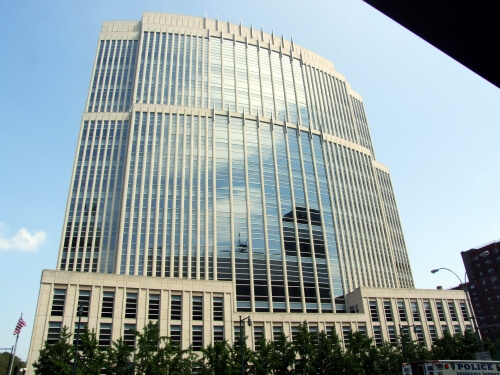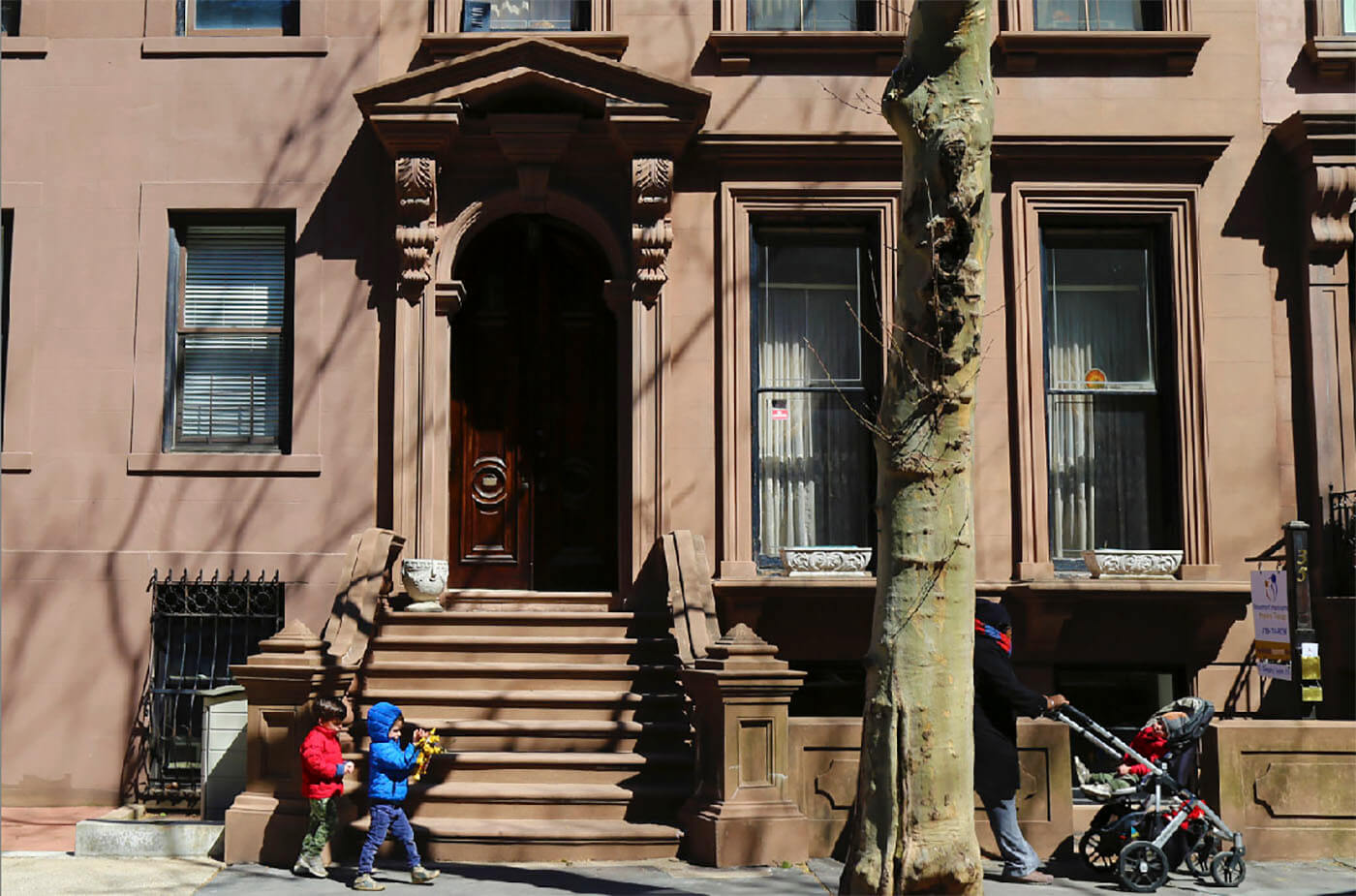Queenswalk: Exploring Forest Park
With the unofficial start of summer just past, on Memorial Day weekend, it’s a good time to look at our parks as a source of rest, relaxation, and a bit of nature in our very urban environment. I remember when I first came to NYC, parks were barely on a broke city’s budget, and our…

With the unofficial start of summer just past, on Memorial Day weekend, it’s a good time to look at our parks as a source of rest, relaxation, and a bit of nature in our very urban environment. I remember when I first came to NYC, parks were barely on a broke city’s budget, and our wonderful parks were places one stayed out of, not enjoyed. But over the last thirty-some years, we’ve reclaimed our natural spaces, brought them back to the beauty they had when they were formed, and even improved on them. The importance of parks in the life of a city was once again realized. They truly are necessary to our urban health, and we are fortunate that we have some incredible parks, both large and small. Forest Park is one of the best.
We know that the parkland was formed by the mighty Wisconsinian glacier that left behind the hills and valleys in this area called “knob and kettle” terrain. This terrain is called the Harbor Hill Moraine, which runs along the north shore of Long Island. For thousands of years, this forest land was good for hunting and crops and was home to the Rockaway, Lenape and Delaware people when the Dutch showed up in 1635.
The Dutch removed the Native Americans, by trade or otherwise, and broke the land up into farms. It stayed farmland and woodland until the 19th century. Timber was regularly harvested from the forests. Back then, this was still part of Brooklyn, and the City Fathers were looking for more parkland for the City of Brooklyn, when they surveyed the area. They purchased the first parcel in 1895, calling it the first step in developing Brooklyn Forest Park. It took them three more years to acquire the other 124 parcels from all of the other landowners, but in 1898, they were done. Just in time for Brooklyn and Queens to join with Manhattan, the Bronx and Staten Island as one consolidated metropolis.
The creation of this enormous city took time, and the Brooklyn Department of Parks continued to operate this park, as well as all of the parks in both Brooklyn and Queens, until the city created an independent Queens Parks Department in 1911. By that time, they had changed the borders, and many parts of the borough that had once been considered Brooklyn, like Ridgewood, and this park, were now in Queens, where they have remained.
Like many of New York City’s best parks, the great naturalist and landscape architect Frederick Law Olmsted had his talented fingers in this soil. Back in 1895 he and his firm of Olmsted, Olmsted & Eliot were asked to survey and plan out the park. He laid out the Forest Park Drive, noting that the land was already bisected by Long Island Rail lines that predated the park. There were two, the Montauk Branch and the Rockaway Beach Branch. Today, only the Montauk still runs, but the old Rockaway tracks are still there, taken over by nature.
As the years passed, Woodhaven Blvd and then the Jackie Robinson Parkway bisected the park. The Jackie Robinson, originally the Interboro Parkway, was one of Robert Moses’ projects to crisscross the boroughs with highways, and was completed in 1935. In spite of these roads, Forest Park is still the third largest park in Queens, and has the largest continuous oak forest in Queens. It also has a 110 acre golf course.
Forest Park has a total of 538 acres of forests and fields, with a variety of species of trees that make it special and so enjoyable to nature lovers. There are three species of oak; northern red oak, scarlet oak and white oak. There are also tulip trees, shagbark hickory, American beech, and black cherry. Many of the trees are old, over 150 years, and contribute to the canopy of foliage that is so enjoyable in the heat of summer. They include dogwood, corktree and sassafras trees. A layer of Virginia creeper winds through the forests, providing a green carpet for the larger plants.
The park once had a large number of chestnut trees, but the chestnut blight of 1912 wiped them out, necessitating a city lumbering operation for a while, to remove the trees. That year they also set up greenhouses to grow plants for all of the parks in the city, but those have since been removed to the Brooklyn Botanic Garden and Bronx Park. In the heart of the forest, the small ponds; the “kettles” in knob and kettle landscapes, are home to many species of birds, and are popular places for bird watching.
When the park was created, all of the existing residential buildings, and there were many, were auctioned off, and disassembled and removed. An administration building was built, as well as those greenhouses, all still used. The Overlook, the admin building, is headquarters for all of the Queens parks. Olmsted’s Forest Park Drive was also created. It runs along the top of the glacial moraine, and offers a fine view of Long Island, especially in the winter, when a panoramic view shows Southwestern Queens and Southeast Brooklyn, all the way to Rockaway Beach, which is over ten miles away. Part of it is closed to traffic and shouldn’t be missed.
Other highlights of the park include the Daniel C. Mueller Carousel, which I wrote about for Brownstoner Queens here, the Victory Field Sports Complex, with a running track, handball courts and baseball field, tennis courts, and miles of hiking trails. You can also sign up for a tee time at the 18 hole golf course, go mountain biking, or enjoy horseback riding out of two independent stables in the park. There are also annual festivals, holiday events and all kinds of activities for young and old throughout the year. The George Seuffert, Sr. Bandshell offers free concerts in the summer, as well. Please check the Parks Department’s web site for details.
Personally, I just love walking around in nature. Hiking through the woods, catching glimpses of colorful birds, enjoying the flowers, the shade, and the smell of the woods after it rains make me happy. I grew up in the country, and New York City’s parks, especially the ones with nice thick woods, have always taken me back to my childhood, if only for a couple of hours, before emerging once more into the urban stew. We all need this. We need nature in our lives. Now is the perfect time to check out Forest Park, and all of our great parks. GMAP
(Photo:New York City Parks Dept.)
















What's Your Take? Leave a Comment